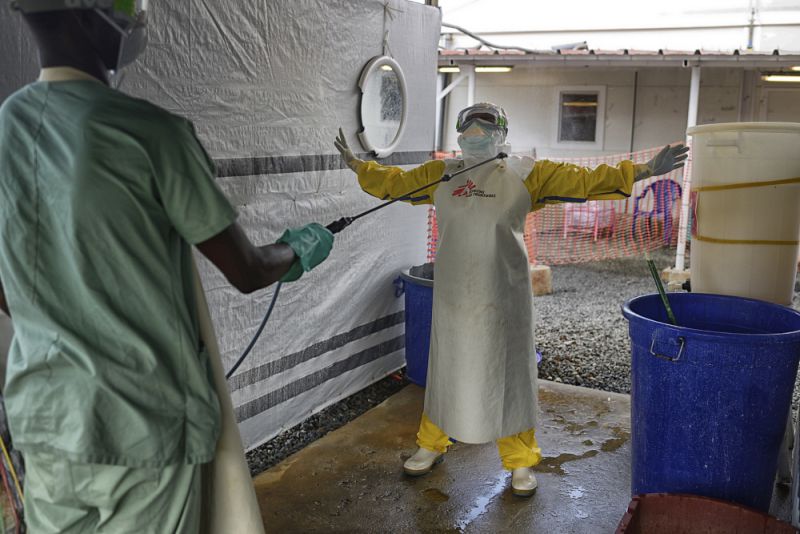Send to a friend
The details you provide on this page will not be used to send unsolicited email, and will not be sold to a 3rd party. See privacy policy.
The world’s quick reaction to pull together funds to find a cure for Ebola masked a fall in public spending on research to eradicate neglected tropical diseases (NTDs) in 2014, a report reveals.
An overall increase in funding for NTDs last year “was entirely the result of significant new investment in Ebola R&D in response to the 2014 West African Ebola epidemic”, says the report, which was issued on 3 December by Australian health promotion charity Policy Cures. Excluding Ebola support, public funding for NTD research fell by three per cent, or US$62 million, the study found.
“The investment in Ebola research was vital to the response to the outbreak, but this has come at the expense of funding for diseases that continue to kill millions of people every year.”
Cecile Vernant, German international development organisation DSW
In 2014, public and private funders spent nearly US$3.4 billion on research and development for drugs, vaccines, diagnostics and other products to combat NTDs such as malaria and dengue fever. This is a 4.9 per cent increase on 2013, says the yearly G-FINDER survey. But public funding for non-Ebola neglected disease research in 2014 was at its lowest level since 2007, the first year of the survey, the authors add.
“The investment in Ebola research was vital to the response to the outbreak, but this has come at the expense of funding for diseases that continue to kill millions of people every year,” says Cecile Vernant, head of European Union advocacy at German international development organisation DSW.
The report focuses on 35 tropical diseases. In all, US$165 million was spent on finding a cure for Ebola, which was included in the report for the first time. This was the fifth-largest amount spent on a disease after HIV/AIDS, malaria, tuberculosis and diarrhoeal diseases.
“Ebola funding is unlikely to stay at the level seen at the height of the epidemic as new infections have been reined in,” says Vernant. “But the response to the epidemic has shown that funders such as the European Commission can be flexible when there’s an emergency.”
Nick Chapman, director of research at Policy Cures, and one of the report authors, says: “There would be a huge impact if we could translate this political and financial commitment to other neglected diseases.”
HIV/AIDS, malaria and tuberculosis received more than two-thirds of global funding for neglected disease research last year.
The report says that R&D spending by drugs companies increased not only for Ebola, but also for other diseases, with a surge of 18 per cent, or US$98 million, compared with 2013. This was due to growing investment in malaria and HIV/AIDS products, the “largest-ever industry contribution in the history of the G-FINDER survey”, the report says.
References
Mary Moran and others Neglected disease research and development: the Ebola effect (Policy Cures, 3 December 2015)














